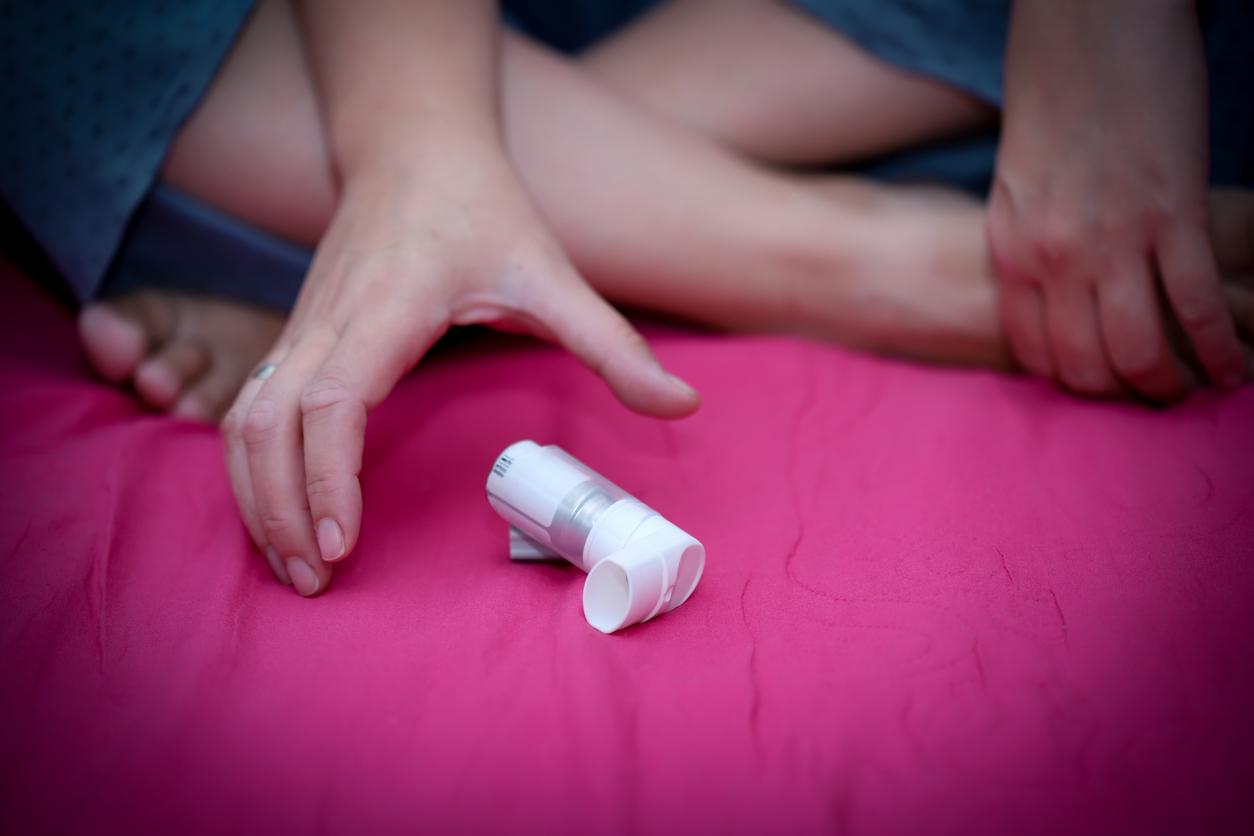It is a sad record that the emergencies broke in 2017. According to the figures from the Research, Studies, Evaluation and Statistics Department (Drees) revealed this Wednesday, July 3, the number of beds has dropped drastically, passing for the first time below the threshold of 400,000 places. Attendance, on the contrary, continued to increase to reach 21.4 million passages. This represents an increase of 2.1% compared to 2016.
In the midst of an emergency crisis, this report “Panorama of healthcare establishments“comes to support the situation denounced for several months by the personnel of the emergencies. They indeed multiply the strikes and the actions, to denounce the degradation of their working conditions.
Lack of beds to hospitalize patients.
More specifically, the 3,046 public and private health establishments had 399,865 beds in 2017. In twenty years, no less than one in five – or 100,000 places – has been eliminated. The decrease was partly offset by the creation of “partial hospitalization places” in 2017. 800 berths without overnight stay were released, bringing the total to nearly 75,500.
But this loss in reception capacity remains denounced by caregivers. Because if the full admissions have subsided, with 119.3 million days (- 0.8%), partial hospitalizations have increased, reaching 16.8 million days (+ 2%).
Out of the 713 French services, the flow of patients was distributed among 637 hospitals and clinics in 2017, or 4 less than the previous year. The average number of visits increased from 29,000 to 30,100 cases per year, with a stable gap between public hospitals (33,100) and private clinics (22,800).
Evidence of the emergency
This “dramatic situation”, the deputy of the North (59) Alain Brunel recently observed it with his own eyes. The 67-year-old elected six hours incognito in the emergency department of the hospital of Douai, to account for the lack of human and material resources denounced by the emergency doctors. He went there on the evening of June 28 for stomach aches. After being examined by two nurses, he waited in the “semi-heavy” area, where “the stretchers pile up in single file”, he explained To France info. He counted seven when he arrived, fourteen when he was taken care of.
He finally came out six hours later. “It’s a long six-hour wait, extremely long when you’re in pain! At 3am, 50 new people had arrived at the emergency reception, not counting the pediatric emergency department”, he said. However, caregivers are “always on the move, never stop”, he added, before concluding: “Now I put clear images on the suffering of the staff. And when the staff suffers, the patients also suffer.”. On the evening of his visit, only two emergency physicians and a temporary worker were present to take care of patients in all emergencies.
Read also :
- Emergencies in crisis: how to improve the situation?
- Emergencies on strike: Agnès Buzyn announces 5 priority actions


















